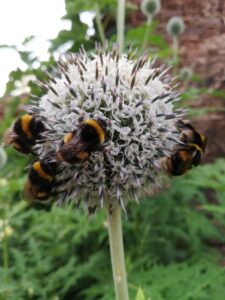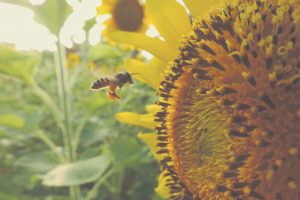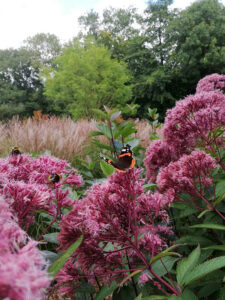Watching a plant die can be heartbreaking, particularly a much loved favourite that has expired after many years of stalwart service. But also, if it is a much desired specimen that you have lusted after for ages and finally tracked down or a treasure grown from seed, joyfully potted on up the sizes until finally it is ready to plant out. And so in the ground it goes, and it sits and seems to consider its options before starting to decline. Foliage may start to look drab or damaged, molluscs and aphids may scent weakness and attack and before you know it you have a few brown stems left.
You may try this several times with the same results and decide to stop throwing good money after bad and try something else instead. This maybe the right option in the end, but consider first experimenting with smaller plants. With many herbaceous plants, the cheaper cost of small plants allows you to try different positions in the garden to see where it prefers life. If you can then get that plant to self seed, the real magic happens, with volunteer seedlings always healthier and happier than transplants.
I find this especially true in adverse conditions such as gravel gardens or dry soil baked by the sun. Small plants popped in in the autumn generally do better than larger plants planted in the spring.
Sometimes of course this rule doesn’t apply. You may find that the same small plants are just mollusc bait unless and until they are mature enough to grow through the damage. It can also be true of borderline hardy trees and shrubs where the stems or trunk need to be seasoned enough to withstand a cold winter. I’ve had this issue with Hoherias, which are tough when mature but can be defoliated or even killed by hard frosts when young.
In conclusion. It’s complicated! But experimentation is part of the process of gardening and the failures are what makes it so exciting and rewarding when a plant that you have planted really reaches its potential.



